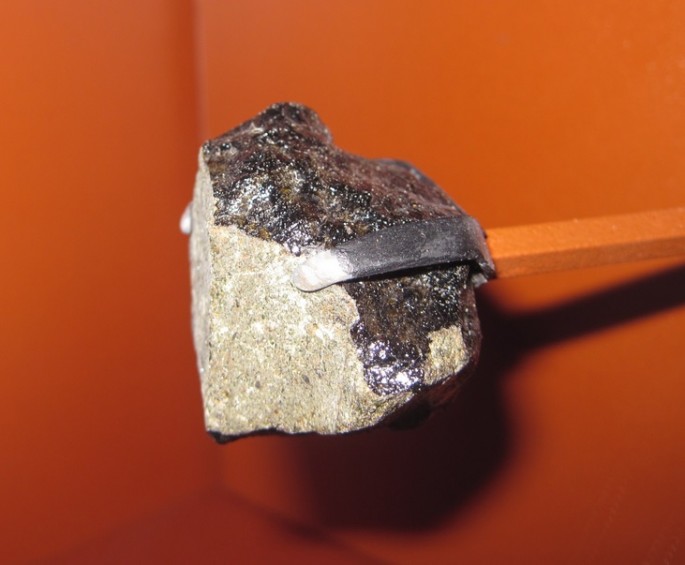More evidence have emerged about the possible existence of life on Mars as traces of opal were discovered from a Martian meteorite originating from the infamous Nakhla meteorite that can provide clues of microbial life.
An international team of astronomers from the University of Glasgow and the Natural History Museum in London along with scientists from the Scottish Universities Environmental Research Center and Center for Microscopy and Spectroscopy in Germany revealed new findings of opal-A or also known as "fire opal" that were detected in the meteorite using electron microscopy.
Scientists believe that the Nakhla's gem remnants contain a mixture of water and silica that are indigenous to the meteorite. This suggests that hot springs may have once existed on Mars which is how opals are formed and if it is proven that hot springs once existed on Mars then this can cause microbial life to thrive where micro organisms are plentiful.
According to lead author of the study, Martin Lee who is a professor from the Environmental Research Center, opals that are native of Earth are usually formed around hot springs and microbial life thrives under these conditions. What's more is that opals can retain and preserve these microbes for millions of years and if organisms on Mars ever existed, they can also become preserved in these opal deposits found on Martian surface.
This special Nakhla meteorite could originate from Martian lava flow remnants which is also named after a town in Egypt where the meteorite fragments were discovered. The meteorite is classified as an achrondite which is a stone where chondrules are not present where it fell onto the planet in 1911. When it reached impact on Earth's surface, the meteorite was broken into 40 pieces where they are now housed under the British Museum and the Smithsonian.
These new findings are published in the journal, Meteoritics & Planetary Science.



























